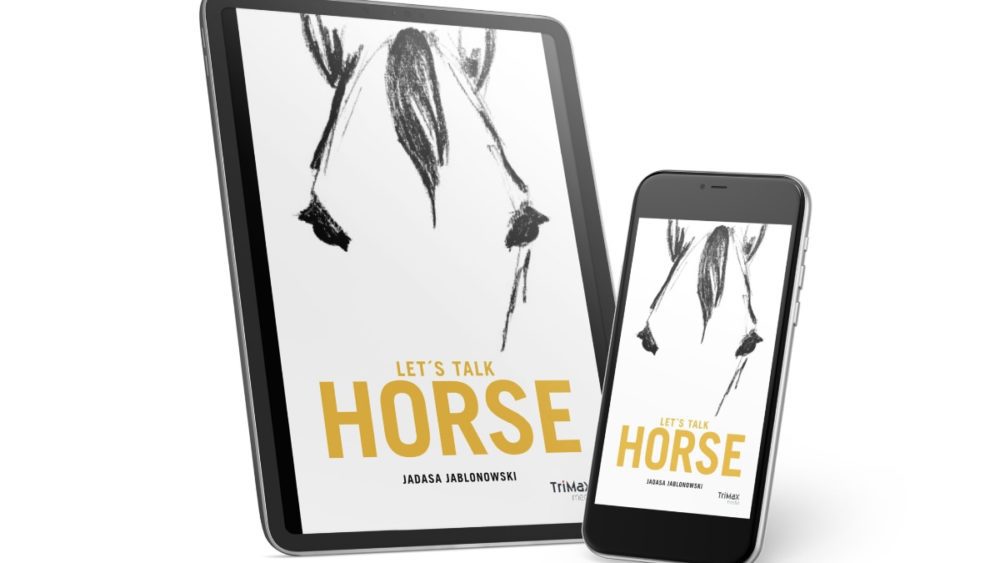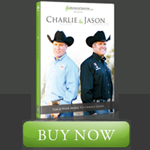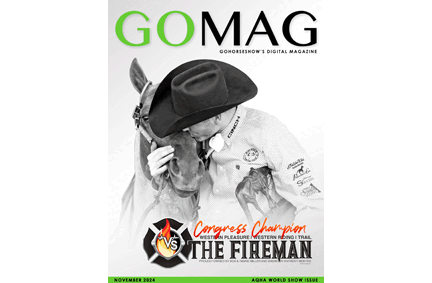If you have the pleasure of knowing Jadasa Jablonowski, better known as Dasi, you are well-aware that her many talents as a lifelong equestrian are beyond reproach. To say, everything she touches seems to turn to gold, would be an understatement.
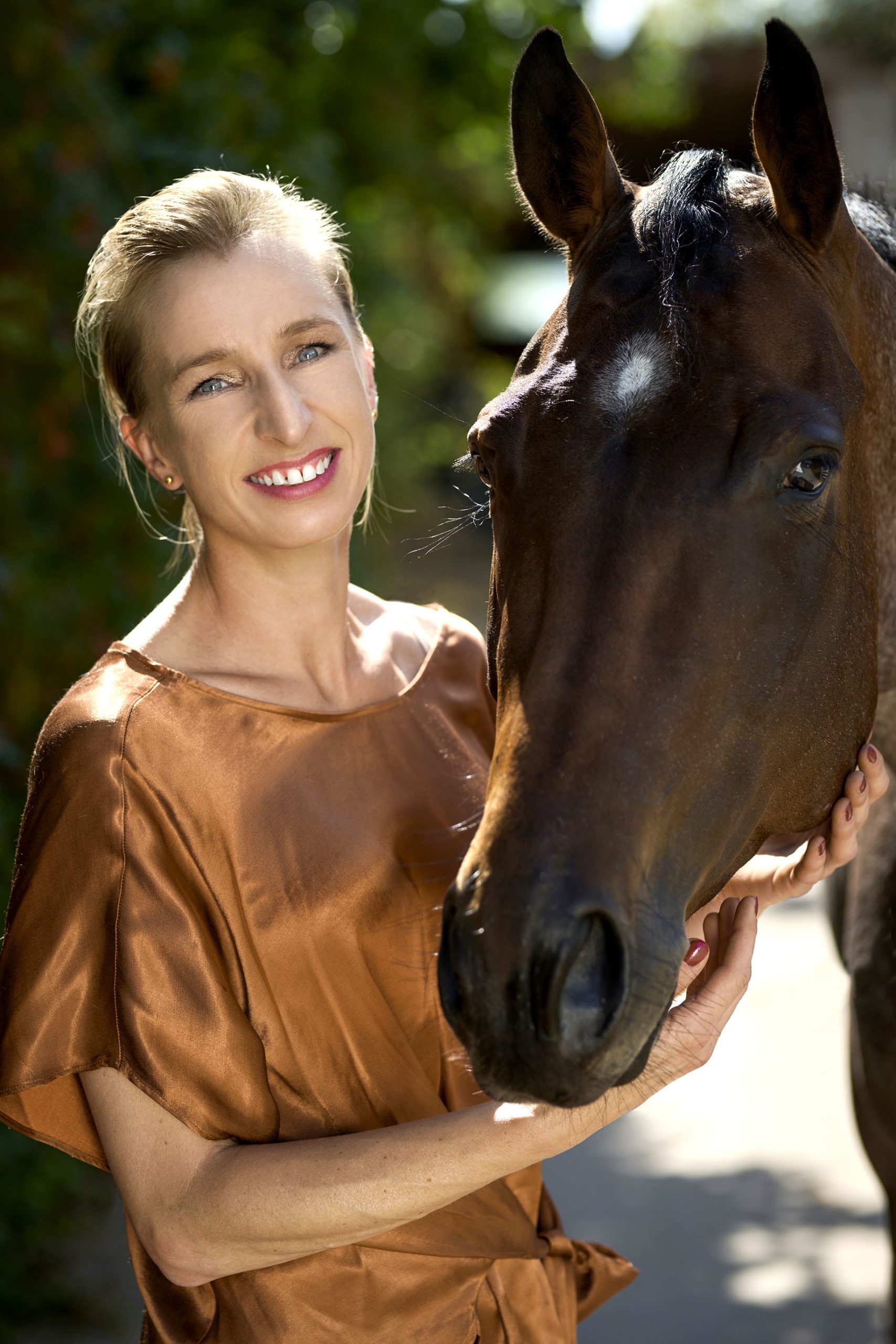 Dasi is a well-known German trainer of all-around horses where she has won several European Championships. In the United States, Dasi has assisted Highpoint Performance Horses at some of the biggest horse shows in the country. She has been honored to show some of Beth Case’s horses and became a three-time Congress Champion in Hunter Under Saddle. Coming from a dressage background has helped her extensively throughout her all-around career.
Dasi is a well-known German trainer of all-around horses where she has won several European Championships. In the United States, Dasi has assisted Highpoint Performance Horses at some of the biggest horse shows in the country. She has been honored to show some of Beth Case’s horses and became a three-time Congress Champion in Hunter Under Saddle. Coming from a dressage background has helped her extensively throughout her all-around career.
She is also a highly sought after equine graphic designer. Throughout the years, you’ve undoubtedly seen many of her ad designs featured in our digital magazine GoMag, where she has created design magic for some of the leading breeders and exhibitors in the horse show industry.
Now, Dasi has taken her many talents in yet another successful direction by authoring her first book entitled Let’s Talk Horse. In this informative Q&A, we sat down with her to talk about her new book, what all went into writing it, and why every equestrian should read it.
GHS: Hi Dasi! Thanks for sitting down with us. Can you tell us why you decided to write this book?
Dasi: I give a lot of riding clinics in Europe. I always ran into the same questions and the same problems. Most of them find their origin in the lack of understanding of the rider. I always planned on writing down all the answers and solutions. But, I never found the time. Then, COVID locked us all in and I started to write. It was a very long process, because I had never written a book before. But, step-by-step and word-by-word it came together. It was a growing process. I would have never thought it would end up being this thick. I have a degree in arts and design, that’s why I also wanted to do the illustrations myself. They picture riding the way it works in my head. I’m really happy how it all turned out when is was published. The two years of work were worth it.
 GHS: Can you tell us what level of equestrian this book is appropriate for?
GHS: Can you tell us what level of equestrian this book is appropriate for?
Dasi: The book is for every horse person on every level of their personal development. I did not invent riding. I just describe it differently. It’s also fun to read and not a very scientific book. I think amateurs will be able to learn a lot from it and close their own gaps of understanding for horses, riding, and themselves. Professionals will probably know most of what is written in it, but it might give them a good laugh here and there. They might have always wished for a book their students can read and understand. Here it is.
GHS: Can you tell us how your book is structured?
Dasi: The book is divided in different parts. First, all aspects of the horse that are relevant for riding are explained separately. That includes the physical, instinctual, and mental states, as well as their learning behavior.
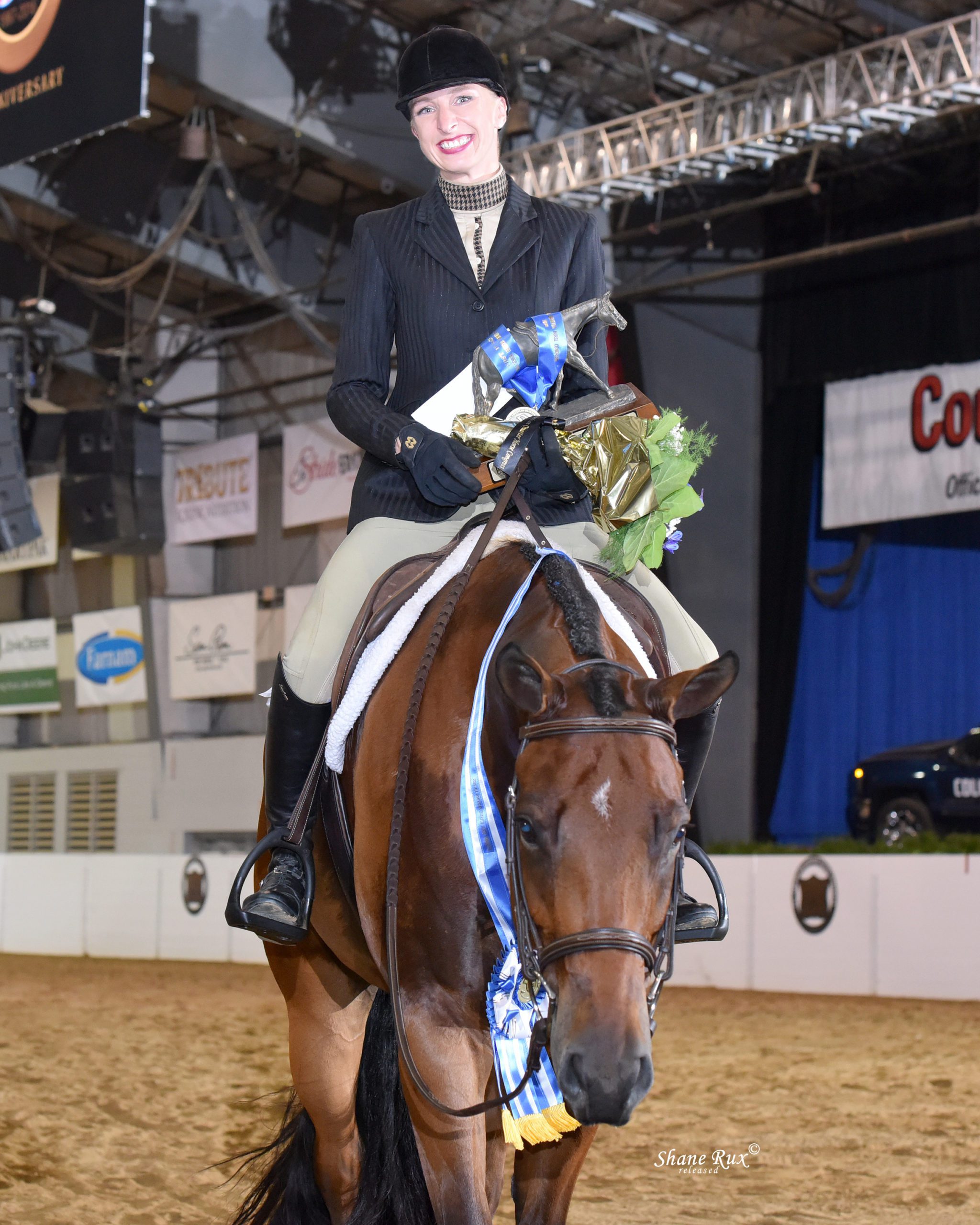 Then, the human being is analyzed. The rider, with his or her physical possibilities to communicate with the horse, and also the human instinct, the ability to think, to feel, and to be pleased. The horse and the rider are the elements of riding. In the next part of the book, those two elements are brought together. The book explains what a horse should be able to do, how we can teach it, and in which order it should be taught.
Then, the human being is analyzed. The rider, with his or her physical possibilities to communicate with the horse, and also the human instinct, the ability to think, to feel, and to be pleased. The horse and the rider are the elements of riding. In the next part of the book, those two elements are brought together. The book explains what a horse should be able to do, how we can teach it, and in which order it should be taught.
Riding is broken down into three pillars: rhythm, body position, and shape. These three pillars lead us to the ability to ride maneuvers with the horse. Until that part of the book, we only look at the things all horses and all riders have in common. But, both horse and rider are individuals. The next part of the book describes everything that can happen when a horse meets a person. All the repeating problems are analized and solutions are given. Every rider will be able to find at least a part of themself in the book. I promise!
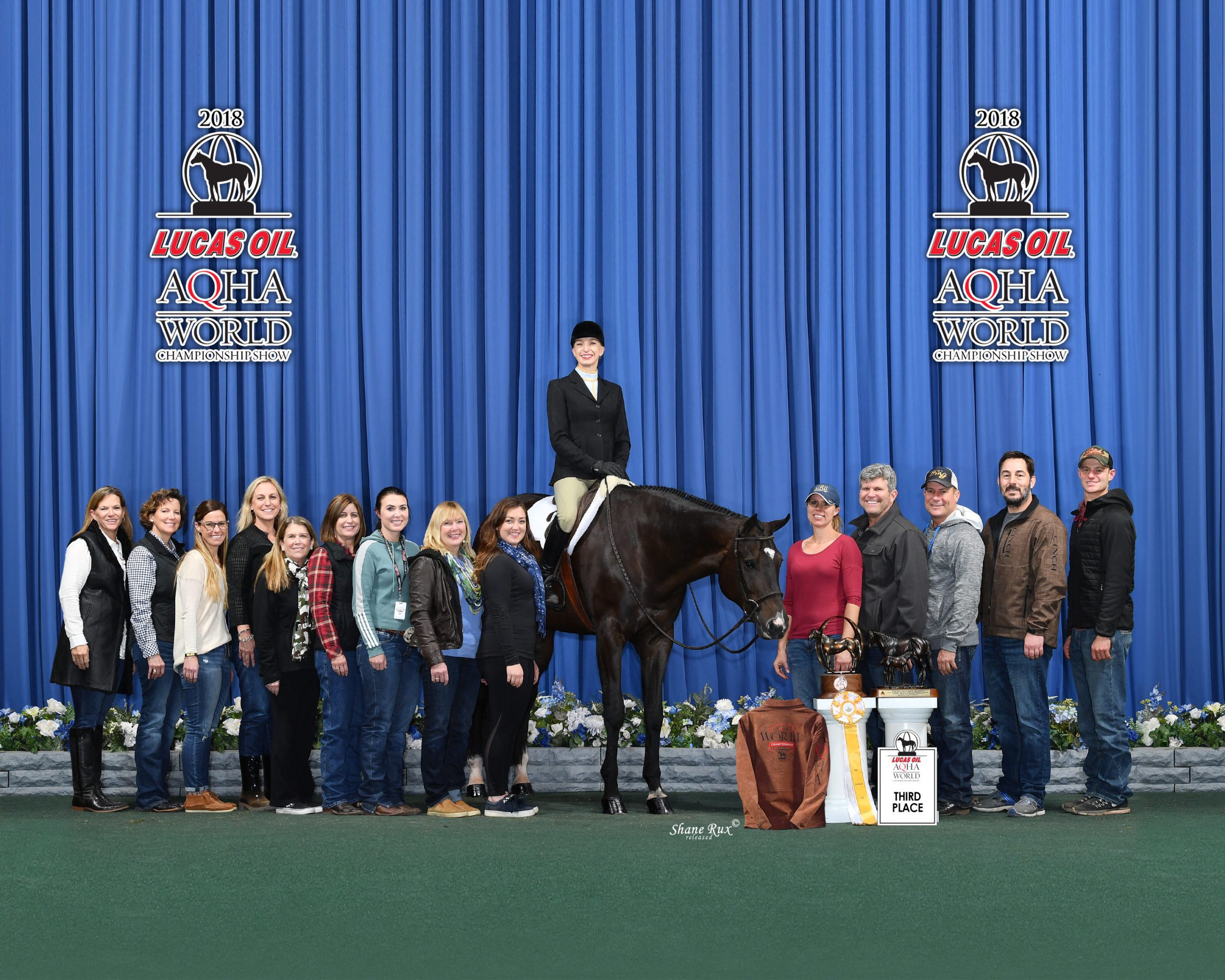 GHS: Why should people read your book? Is it directed more towards German/European riders?
GHS: Why should people read your book? Is it directed more towards German/European riders?
Dasi: I believe riding happens when a person meets a horse and hopes for a performance from it. That is the same for every rider. It doesn’t matter what saddle they are sitting in. It doesn’t matter what their final goals are. It doesn’t matter which continent they live on. The basic knowledge should always be the same and can then build a foundation for more specific goals. All of this mandatory, basic knowledge is in the book. I think every rider should read it to understand and find the pieces they are personally missing.
GHS: What format is your book published?
Dasi: The book was published as a hardcover in German only, so far. However, the demand for an English version was enormous in Europe. That’s why my publisher (TriMax Media) had it translated to English and offered it as an e-book almost immediately. The shipping logistics were complicated and expensive, especially for the US. So, the digital version offers an affordable solution that international buyers can have access to. I hope one day it will also be published as a hardcover in English. Let’s keep our fingers crossed.
GHS: Can readers read a sample of the book before buying it?
Dasi: Potential readers can click on the link and read the first few chapters to get an idea if they like it or not. Of course, I hope they do!
GHS: Is there anything else you’d like to add?
Dasi: The book includes a lot of illustrations and step-by-step exercises. It was important for me to not only give a theoretical approach, but to really help the riders with their daily struggles and challenges.
GHS: Thanks Dasi!
CLICK HERE to get your copy of Dasi’s must read book, Let’s Talk Horse.


